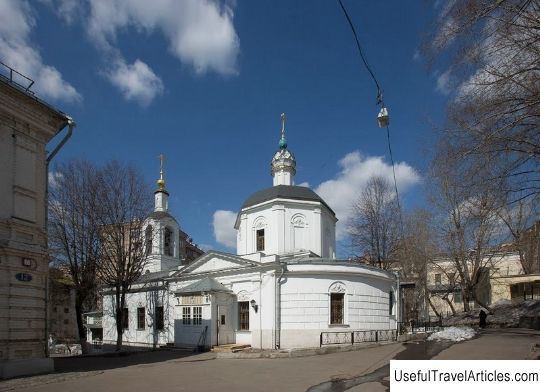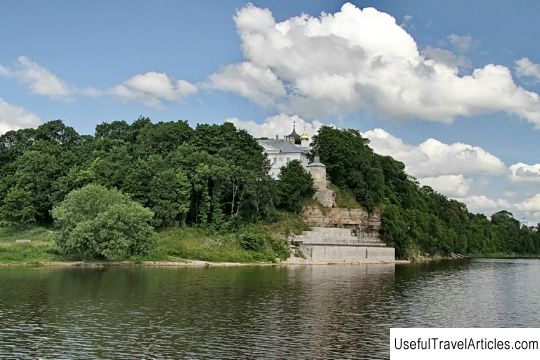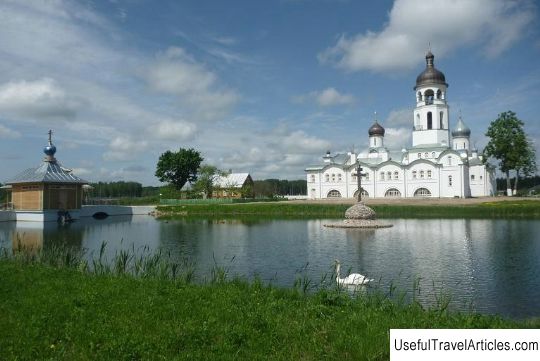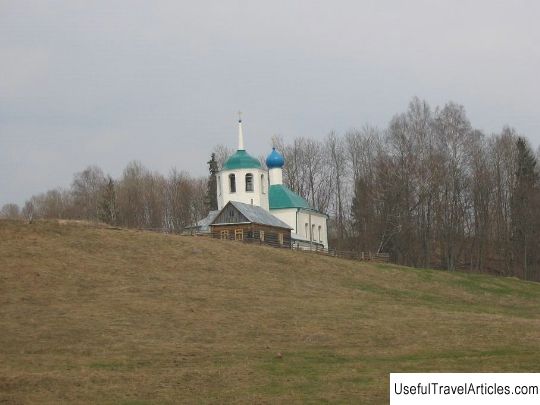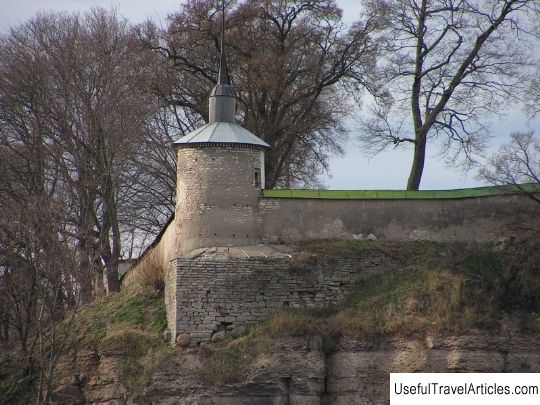Church of Ilya the Wet description and photo - Russia - Northwest: Pskov
Rating: 8,3/10 (7876 votes) 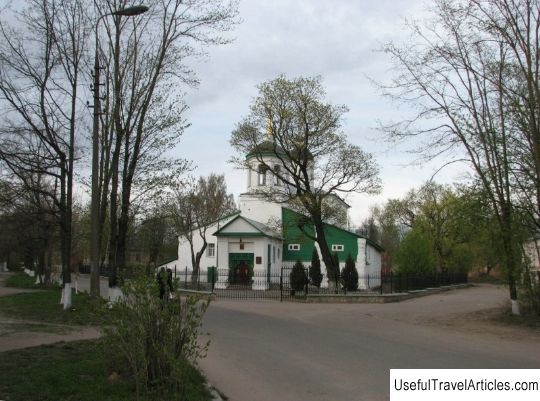
Church of Ilya the Wet description and photos - Russia - Northwest: Pskov. Detailed information about the attraction. Description, photos and a map showing the nearest significant objects. Photo and descriptionEven in antiquity, the largest part of Zapskovye was completely covered with swamps, and the monastery founded not far from these places began to be called "Wet Ilya". Initially, the Ilyinsky monastery was considered a male monastery, but after it was burned down by Swedish troops in 1615, it became a female one. Already a stone church was erected in 1677 with the help of Abbess Theodora. It was in this place that the Zapskovsky Ilyinsky Convent was located, which was abolished in 1764. The exact date of the founding of the men's monastery, which later became a women's monastery, is not known, but it has been established that it existed in the 15th century, because in the Pskov chronicle dating back to 1465, it is mentioned as having suffered from a severe fire. After the monastery was abolished, the church of the prophet Elijah became a parish, after which, by the decree of the spiritual consistory of Pskov dated September 1, 1786, it was assigned to the temple of Cosmas and Damian. In 1808, the church was designated for demolition as a completely dilapidated building, but the Holy Synod did not agree to the demolition of the temple. In April 1868, the Holy Synod decided to transfer the Church of the Holy Prophet Elijah to the diocesan community of sisters of mercy. A considerable amount of money, which was nobly donated to the established community, provided an opportunity to purchase plots around the perimeter of the church, as well as completely renovate the church building. The Elias diocesan community began its work on November 14, 1868. Beginning in 1868, the Elias Church became completely independent and had a staff that was supported by the money of the community. After a certain period of time, the community of sisters of mercy found itself in a difficult situation due to lack of funds, and it became very difficult to maintain the church. According to the decree of the Synod of 1873, Ilyin's temple was again attributed to the temple of Cosmas and Damian. By the decree of the Holy Synod of January 10, 1894, the church, while remaining attributed, was again transferred into the hands of the community. On April 25, 1900, the Holy Synod decreed that the Elias Church should have a staff as a psalmist, a priest - that is why the church became independent again. The full provision of the parable was entrusted to the community: payments were made for lighting, heating, and funds were allocated for sufficient maintenance of the clergy. As for the architectural component of the Church of the Holy Prophet Elijah, in this context, traditions are combined, typical for the 16-17 centuries. From the point of view of composition, the temple is made quite complex and includes a single-domed one-apse quadruple, located on a high basement of the vestibule, southern and northern aisles, as well as a two-tier bell tower (a porch and a porch adjoin it). Interior the component of the church is due to the four-pillar building. The under-dome square is slightly reduced due to two pairs of intersecting arches - as it was done at the monastery of Paul and Peter Sirotkin. Church porches have large openings, in the space of which bells were sometimes hung, which was usual for Pskov in the 16th century. A well-known old Pskov technique was the location and decoration of the entrances to the sub-church, as well as the cellars located under the porches. For all churches of the 16th century, including the Elias Church, two-story galleries became traditional, somewhat constraining the temple quadrangle. The bell tower is made of stone and was built at the same time as the church. Since September 1900, Archpriest Aleksey Aleksandrovich Favorsky has become the main priest of the community; Zakharov Alexander became a deacon in the psalmist position. Information about these people was not found after 1917. In 1994, in a dilapidated state, the Church of the Prophet Elijah was transferred to the Pskov diocese. Initially, it turned out to be assigned to the Alexander Nevsky Cathedral, and later became independent. In the spring of 1994, services were resumed in the church. One of the main holidays of the church is the day of Elijah the Prophet, which is celebrated on August 2.       We also recommend reading Atlantic Marine Park (Atlanterhavsparken) description and photos - Norway: Alesund Topic: Church of Ilya the Wet description and photo - Russia - Northwest: Pskov. |
